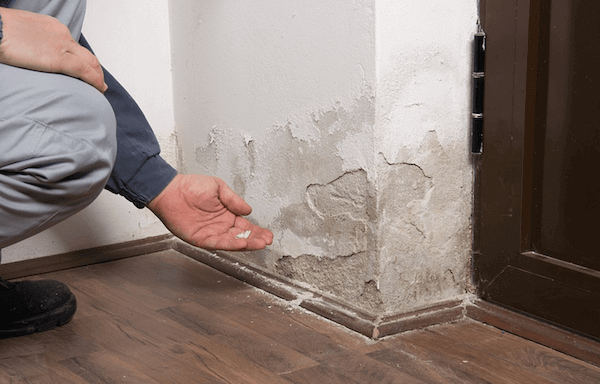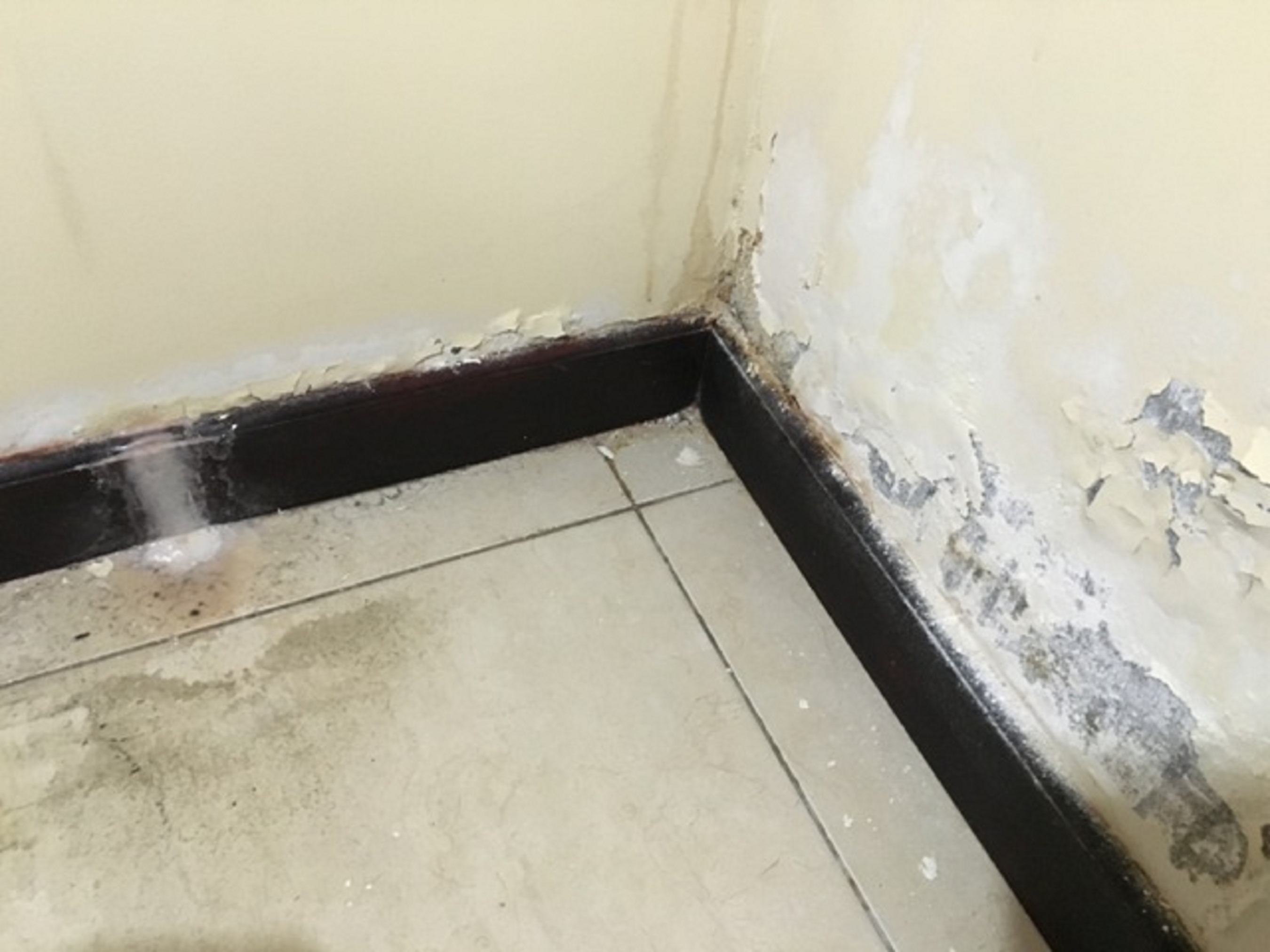Do's & Don'ts of Water Restoration.
Do's & Don'ts of Water Restoration.
Blog Article
Almost everyone has their own individual opinion about Keeping Your Home Safe This Holiday Season.

Though water gives life, water invasion on parts where it's not expected to be can result in damages. It can peel away surfaces and erode the structure if the water soaks into your structure. Mold and mildew and also mold likewise prosper in a damp environment, which can be hazardous for your wellness. Homes with water damages smell old and mildewy.
Water can originate from lots of resources such as tropical storms, floodings, ruptured pipes, leakages, and also drain issues. In case you experience water damages, it would certainly be good to recognize some safety and security precautions. Below are a few standards on exactly how to take care of water damage.
Do Prioritize Residence Insurance Policy Protection
Water damages from flooding as a result of heavy winds is seasonal. Nonetheless, you can also experience a sudden flood when a faulty pipeline instantly ruptures right into your residence. It would certainly be best to have residence insurance coverage that covers both disasters such as natural tragedies, and emergency situations like damaged plumbing.
Do Not Neglect to Turn Off Utilities
This cuts off power to your whole house, avoiding electrical shocks when water comes in as it is a conductor. Don't forget to turn off the main water line valve.
Do Remain Proactive as well as Heed Weather Condition Informs
Tornado floods can be extremely unforeseeable. If there is a history of flooding in your community, stay proactive and prepared. If you live near a creek, river, or lake, pay attention to emptying warnings. Take out prized possessions from the very beginning as well as basement, after that put them on the highest feasible level. Doing so reduces possible property damages.
Do Not Ignore the Roofing System
Prior to the weather transforms frightful, see to it you have a roof covering evaluation. As a matter of fact, it would be prudent to get this solution annually as it can minimize intricate issues. If there are no holes and also leakages in your roofing system, you can stay clear of rain damages. Your roofing contractor will certainly additionally look after faulty seamless gutters or any other signs of weakening. This will certainly avoid water from flowing down your wall surfaces and saturating your ceiling.
Do Focus On Little Leaks
A ruptured pipeline does not take place over night. You might see gurgling paint, peeling off wallpaper, water touches, water discolorations, or dripping noises behind the walls. Have your plumbing repaired prior to it results in huge damages.
Do Not Panic in Case of a Burst Pipeline
Maintaining your presence of mind is vital in a time of dilemma. Since it will suppress you from acting fast, stressing will only intensify the problem. Timing is essential when it comes to water damages. The longer you wait, the even more damages you can expect. Hence, if a pipe bursts in your residence, immediately shut off your major water valve to cut off the resource. Disconnect all electrical outlets in the location or turn off the circuit breaker for that component of the residence. Lastly, call a credible water damages remediation specialist for help.
Water offers life, water invasion on components where it's not expected to be can result in damages. Homes with water damages scent old as well as musty.
Water damages from flood fees to heavy winds is seasonal. You may see bubbling paint, peeling wallpaper, water touches, water discolorations, or dripping noises behind the wall surfaces. When it comes to water damages, timing is essential.
Some Do's & Don't When Dealing with a Water Damage
DO:
Make sure the water source has been eliminated. Contact a plumber if needed. Turn off circuit breakers supplying electricity to wet areas and unplug any electronics that are on wet carpet or surfaces Remove small furniture items Remove as much excess water as possible by mopping or blotting; Use WHITE towels to blot wet carpeting Wipe water from wooden furniture after removing anything on it Remove and prop up wet upholstery cushions for even drying (check for any bleeding) Pin up curtains or furniture skirts if needed Place aluminum foil, saucers or wood blocks between furniture legs and wet carpet Turn on air conditioning for maximum drying in winter and open windows in the summer Open any drawers and cabinets affected for complete drying but do not force them open Remove any valuable art objects or paintings to a safe, dry place Open any suitcases or luggage that may have been affected to dry, preferably in sunlight Hang any fur or leather goods to dry at room temperature Punch small holes in sagging ceilings to relieve trapped water (don't forget to place pans beneath!); however, if the ceiling is sagging extremely low, stay out of the room and we'll take care of it DO NOT:
Leave wet fabrics in place; dry them as soon as possible Leave books, magazines or any other colored items on wet carpets or floor Use your household vacuum to remove water Use TV's or other electronics/appliances while standing on wet carpets or floors; especially not on wet concrete floors Turn on ceiling fixtures if the ceiling is wet Turn your heat up, unless instructed otherwise

I stumbled upon that piece on Fire And Water Damage Prevention when surfing the search engines. Do you know anybody else who is interested by the subject? Be sure promote it. Thank-you for taking the time to read it.
Report this page